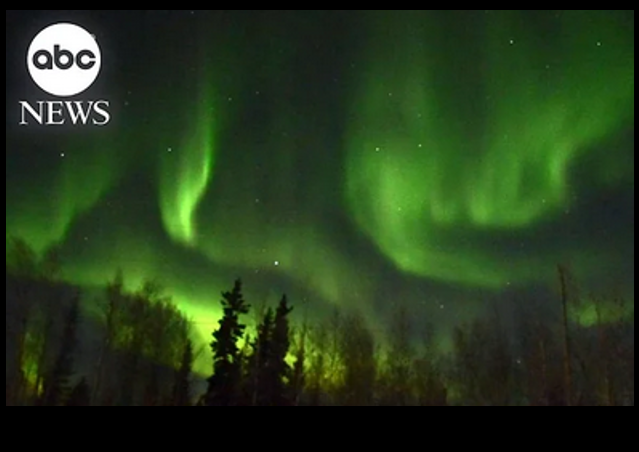Spectacular Northern Lights Will Continue for Mother’s Day and Beyond

The last time I reported on solar storms, a series of big ones had disrupted radio communication in Asia and Australia.
Last week, the Sun’s surface produced geomagnetic storms large enough to produce aurora’s visible in as far south as Georgia.
The National Oceanic and Atmospheric Administration, which monitors space weather, said in an update on Saturday that it continued to observe solar activity that could lead to periods of “severe-extreme” geomagnetic storms. The federal agency first issued a warning on Friday as bursts of material from the sun’s surface traveled into Earth’s atmosphere, causing irregularities in power, navigation and communication systems.Major power utilities had largely prepared their electrical grids for the solar storm, and their customers were unaffected.
The light shows, as well as the solar storms, are likely to last into early next week.
Driving the news: Extreme G5 geomagnetic storm levels are expected Sunday because of coronal mass ejections (CME) conditions, the center said.
- Strong G3 geomagnetic storming is likely to continue into the early hours of Monday, the center’s forecast said.
- Minor to moderate solar radiation storms are expected through Tuesday, May 14.
What we’re watching: The best time to spot auroras is usually between 10pm and 2am local time, the prediction center said.
The spectacular colors associated with auroras are due to the ionization of different gases in our atmosphere. The sensitivity to the human eye to color is also another contributing factor to what we can see in the sky.
Green auroras are typically produced when charged particles collide with high concentrations of oxygen molecules in Earth’s atmosphere at altitudes of around 60 to 190 miles (100 to 300 kilometers), according to the Canadian Space Agency (CSA).We also see green auroras better than any other color, as the human eye is most sensitive to the green color spectrum.Red auroras are comparatively less frequent and are usually associated with intense solar activity.They occur when solar particles react with oxygen at higher altitudes, generally around 180 to 250 miles (300 to 400 km), according to the CSA….Blue and purple auroras are even less common and also tend to appear during periods of high solar activity.These colors are produced when solar particles collide with nitrogen in Earth’s atmosphere at an altitude of 60 miles or less, according to aurora travel company The Aurora Zone.
These dazzling lights show the true significance of the Sun’s impact on the Earth’s atmosphere. Many scientists, who have been silenced for not aligning with the “climate crisis” narrative, have been making that point for quite some time. I covered this issue in my review of “Climate: The Movie”.
The Sun’s influence cannot be discounted, as noted by Dr. Willie Soon (researcher at the Solar and Stellar Physics Division of the Center for Astrophysics—Harvard & Smithsonian).
To cap of this look at the Sun’s influence on Earth, new analysis of data from Berkeley Earth shows climate is being driven by a change in the orientation of the Earth to the Sun rather than carbon dioxide emissions.
- Analysis of Berkeley Earth data shows a significant difference in the rate of temperature increase between summer and winter in Greenland, with winter warming over four times more rapidly than summer.
- Significant seasonal variation in the rate of warming is not specific to Greenland but is a global phenomenon at similar latitudes.
- There is a correlation between warming rate and latitude, with a decreasing trend in warming rate as we move from north to south.
- This analysis suggests that it is the change in orientation of the Earth to the Sun, known as Milankovitch cycles, that is the primary driver of climate change.
In conclusion, it might be a good week to learn about and prepare for a Carrington Event.
CLICK HERE FOR FULL VERSION OF THIS STORY